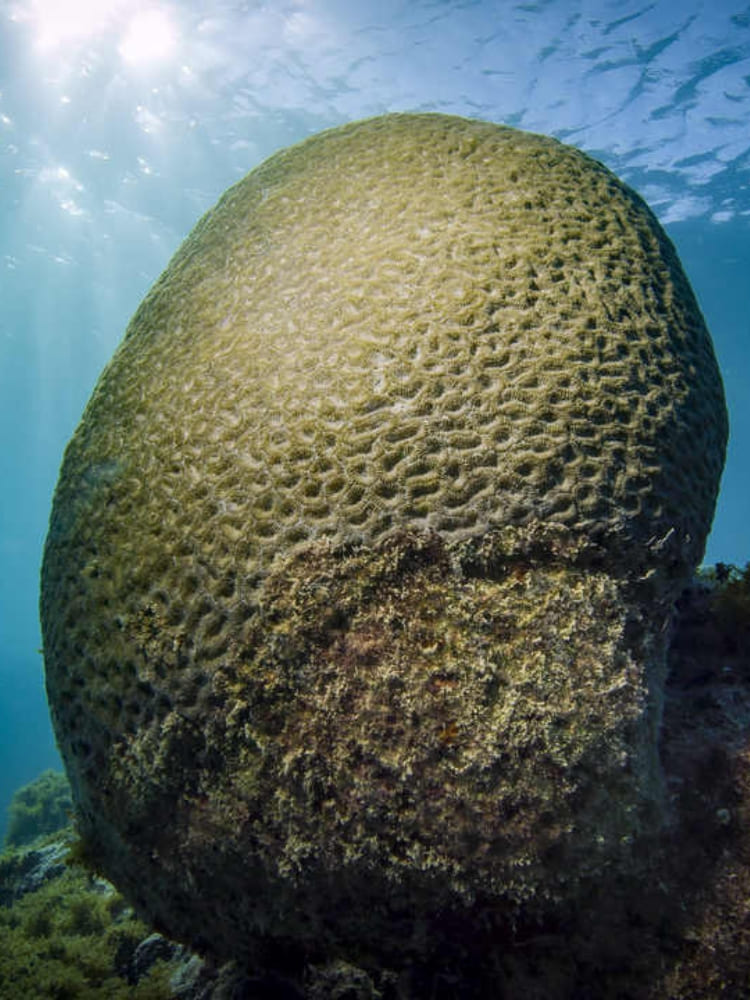Discover the unique stories, history, and biodiversity that make the Abrolhos archipelago one of Brazil’s most fascinating marine destinations.
The Abrolhos archipelago, off the southern coast of Bahia, Brazil, is recognized as one of the most extraordinary marine environments in South America. For those interested in learning more, there are fascinating facts about Abrolhos waiting to be discovered. Brazil created the Abrolhos Marine National Park in 1983, ensuring protection for this remote group of islands and reefs.
You can reach Abrolhos by boat from Caravelas, a small coastal town in Bahia. The surrounding waters are shallow, yet they contain an incredible concentration of nutrients. As a result, they provide ideal conditions for coral reefs, colorful fish, and larger marine species such as humpback whales.
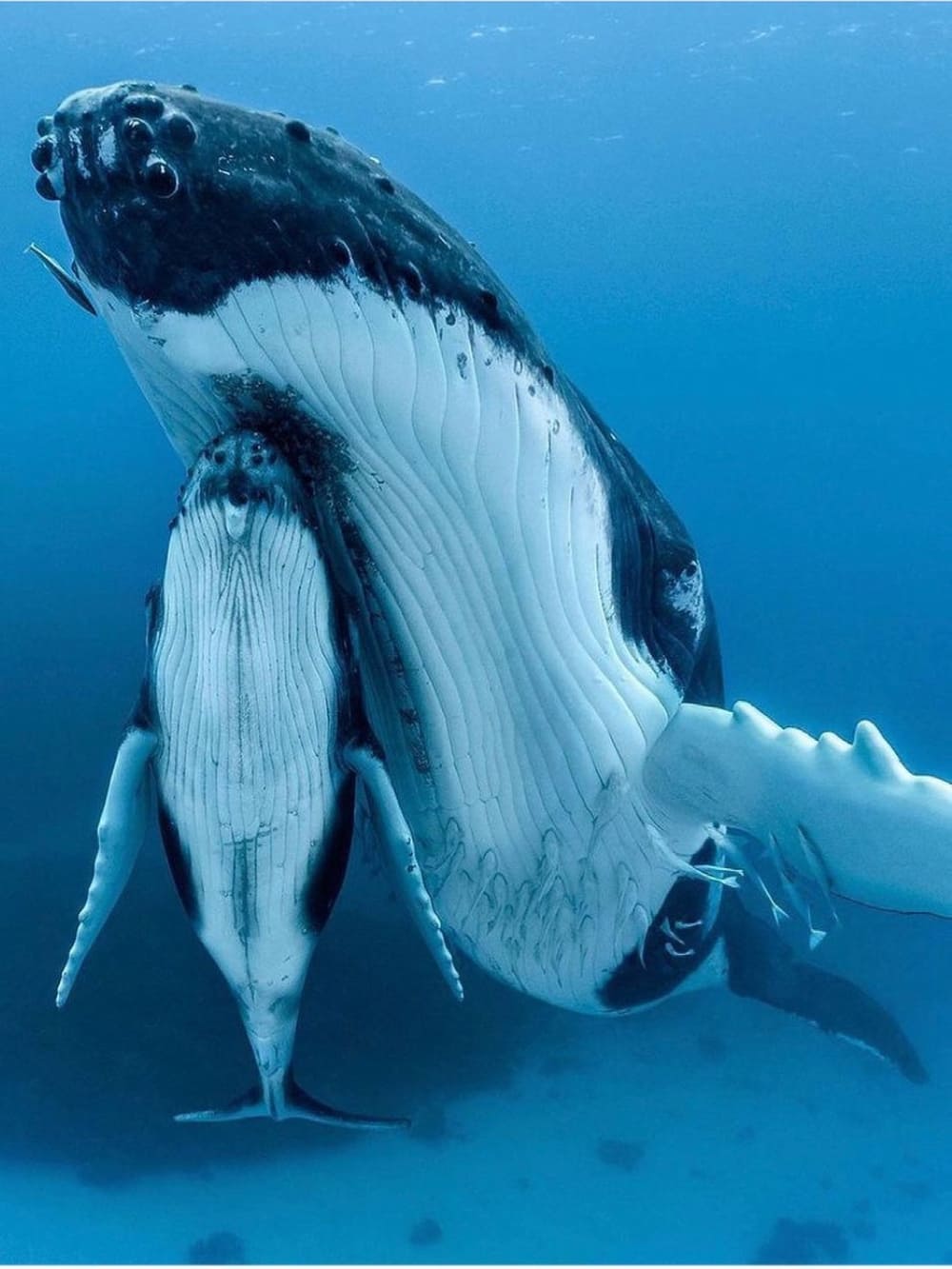
.
When you travel with PlanetaEXO, your visit not only connects you with this unique ecosystem but also supports local families. In addition, every adventure contributes to conservation and generates income for nearby communities.
Curious to explore unique facts about Abrolhos? Keep reading to uncover the most surprising details about this marine paradise.
1. What does the name Abrolhos mean in English?
The name “Abrolhos” comes from the old Portuguese phrase “Abre os olhos”, which in English means “open your eyes.” Sailors used the warning to remind each other of the dangerous reefs that caused countless shipwrecks.
The reefs of the Abrolhos archipelago stretch across vast areas and remain difficult to detect from a distance. Consequently, they posed serious risks for ships navigating the Brazilian coast for centuries.
Even today, nautical maps mark Abrolhos with alerts. This legacy connects modern travelers with Brazil’s seafaring history and explains why Abrolhos always demanded attention and respect.
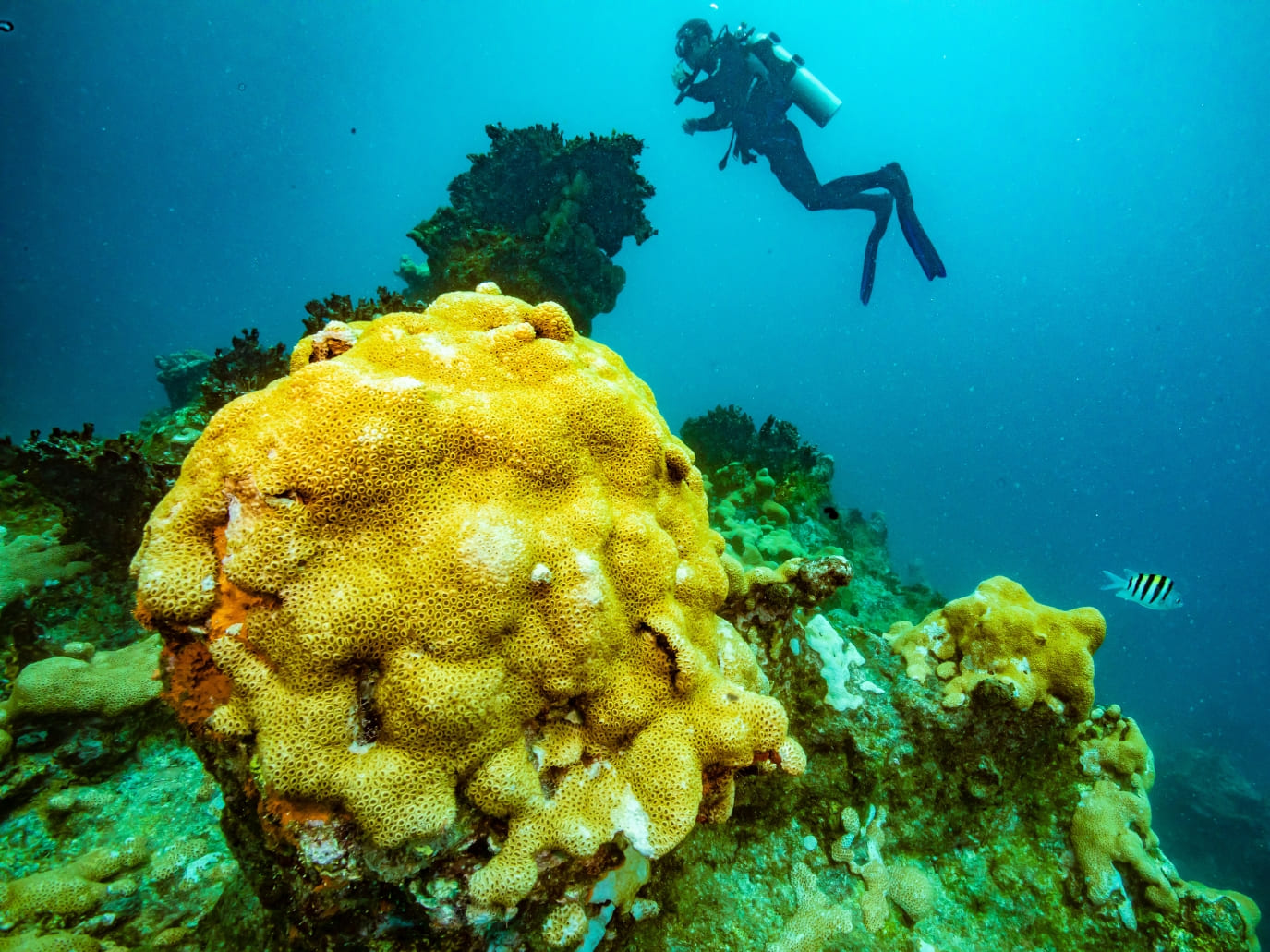
Photo: Roberto Costa Pinto
👉See this and other Brazilian national parks in our article
2. Charles Darwin’s visit to Abrolhos
In 1832, the young naturalist Charles Darwin visited Abrolhos during his voyage on the HMS Beagle. At just 23 years old, he took notes on the region’s reefs and marine life.
Darwin described the abundance of fish, the seabirds nesting on rocky cliffs, and the unusual coral formations. These observations, although brief, helped strengthen his interest in biodiversity and adaptation.
His visit remains one of the most remarkable facts about Abrolhos, since it connects this remote archipelago to the early journey of a scientist who would later change how we understand life on Earth

Photo: Wellcome Library, London
3. Abrolhos as a living laboratory
Abrolhos functions as a living laboratory for science. Researchers from Brazil and abroad visit regularly to study coral resilience, whale migration, bird colonies that nest on the islands, and sea turtles that use the reefs as feeding grounds.
In addition, international projects test new conservation methods here before applying them in other marine parks. These studies turn Abrolhos into a reference point for understanding the effects of climate change.
For travelers, this scientific importance adds another layer of meaning. Exploring Abrolhos becomes not only an adventure but also an opportunity to witness how knowledge grows.

.
- @eco360.imagery
- .
4. Safe waters for humpback whales
Every year, from July to November, the calm and warm waters of Abrolhos welcome thousands of humpback whales migrating from Antarctica.
Marine biologists consider the area the most important breeding ground for humpbacks in the South Atlantic. As a result, visitors often see mothers swimming with calves or watch whales breaching the surface in spectacular displays.
Whale-watching tours from Caravelas rank among the most popular experiences for those planning what to do in Abrolhos, combining excitement with education about conservation.
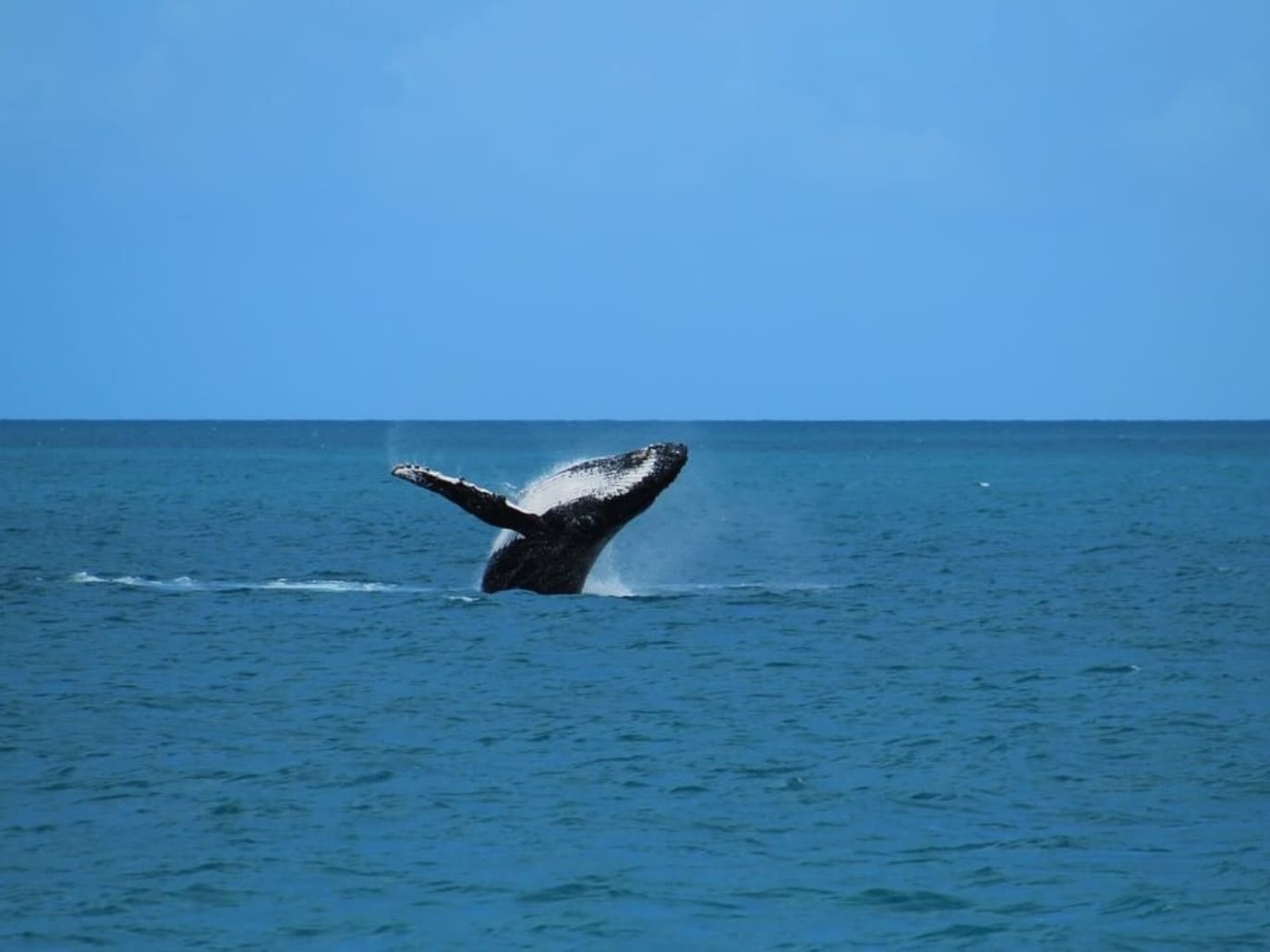
@nathpinesso
👉 Read our full Abrolhos travel guide
5. A hotspot for biodiversity and endemism
Abrolhos stands out as one of the richest marine ecosystems in Brazil. More than 1,300 species live here, including fish, dolphins, sea turtles, and seabirds. Many of them are endemic, existing only in this part of the country.
One of the most emblematic species is the brain coral (Mussismilia braziliensis). It forms massive reef structures and appears only in Abrolhos. In fact, this coral was one of the main reasons the park was created, since it plays a vital role in maintaining ecological balance.
Unfortunately, the brain coral faces serious threats. Scientists monitor bleaching, diseases such as white plague and black band, overfishing, and the impacts of climate change. Its fragility highlights the urgency of protecting the Abrolhos archipelago.

Photo: Gustavo Abrahim
6. Santa Bárbara Island, home to the Navy
While most islands in Abrolhos remain untouched, Santa Bárbara Island houses a naval base. A lighthouse built in 1861 continues to guide ships, and military families live there with a small infrastructure that includes a heliport and boat docks.
Tourists, however, cannot disembark on Santa Bárbara. Access is strictly controlled, and visits are limited to the waters around it. As a result, the rest of the archipelago remains free from human disturbance.
This restriction demonstrates how careful management helps preserve the islands while still supporting national security.
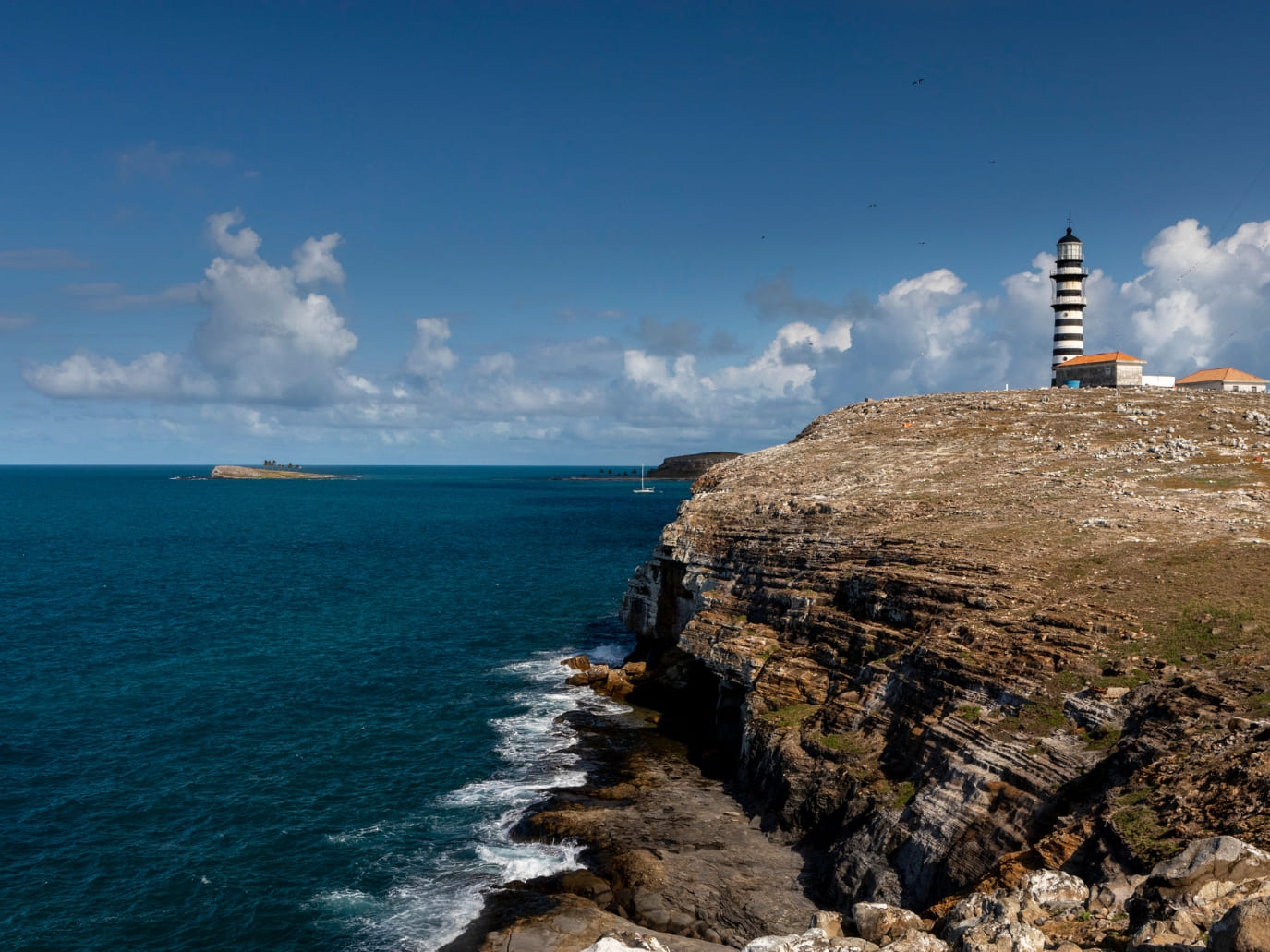
Photo: Gabi Carrera, Marinha do Brasil
7. Volcanic origins and hidden reefs
The islands of Abrolhos originated from ancient volcanic activity. Their basalt foundations gave corals a surface to colonize and expand into complex reef systems.
In addition to shallow reefs, Abrolhos also features mesophotic reefs. These occur at medium depths and host species not found in shallower waters. For instance, the Califórnia Reef has become a key site for marine research.
Together, geology and biology created a three-dimensional ecosystem. This unique formation helps explain why Abrolhos became such a hotspot for scientific study.

.
8. Navigation dangers and historic battles
The reefs of Abrolhos always challenged sailors. Numerous shipwrecks tell stories of navigational errors, sudden storms, and naval conflicts.
In 1631, Dutch and Portuguese-Spanish fleets fought a naval battle near the islands. Some wrecks from these times still rest on the seafloor, blending history with marine life.
Today, divers explore these underwater relics, while historians study them to better understand Brazil’s colonial past. This combination of culture and nature enriches the list of facts about Abrolhos.
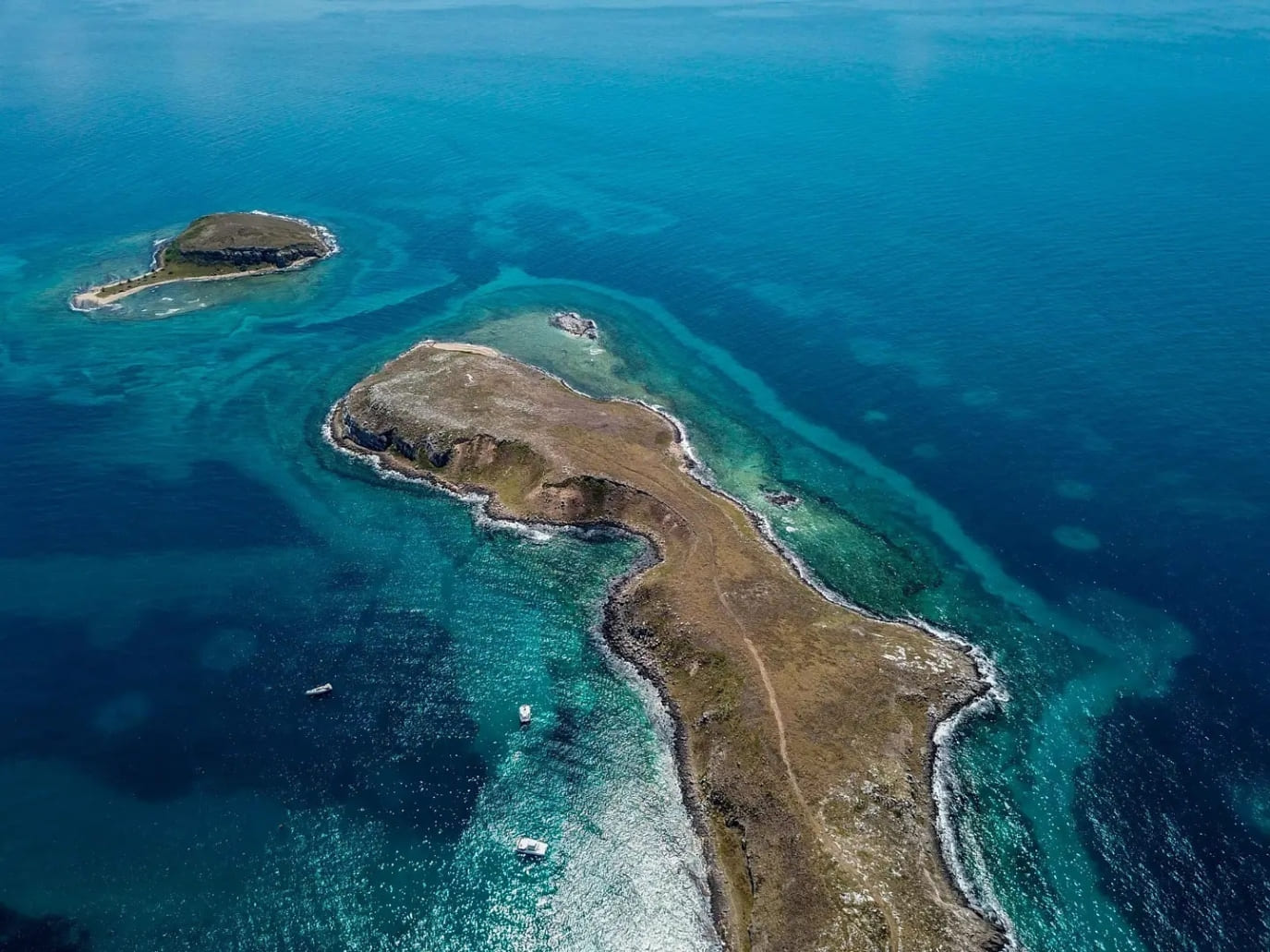
.
9. International recognition and conservation challenges
Abrolhos has earned global recognition. It is both a Ramsar Site for its wetlands and an outpost of the UNESCO Biosphere Reserve of the Atlantic Forest. These titles highlight its ecological value.
Nevertheless, the park faces ongoing threats, including climate change, illegal fishing, and potential oil exploration. Scientists track the reefs to understand how these pressures alter the ecosystem.
Therefore, responsible tourism becomes essential. Visitors contribute directly to conservation by supporting sustainable operators and respecting park rules.
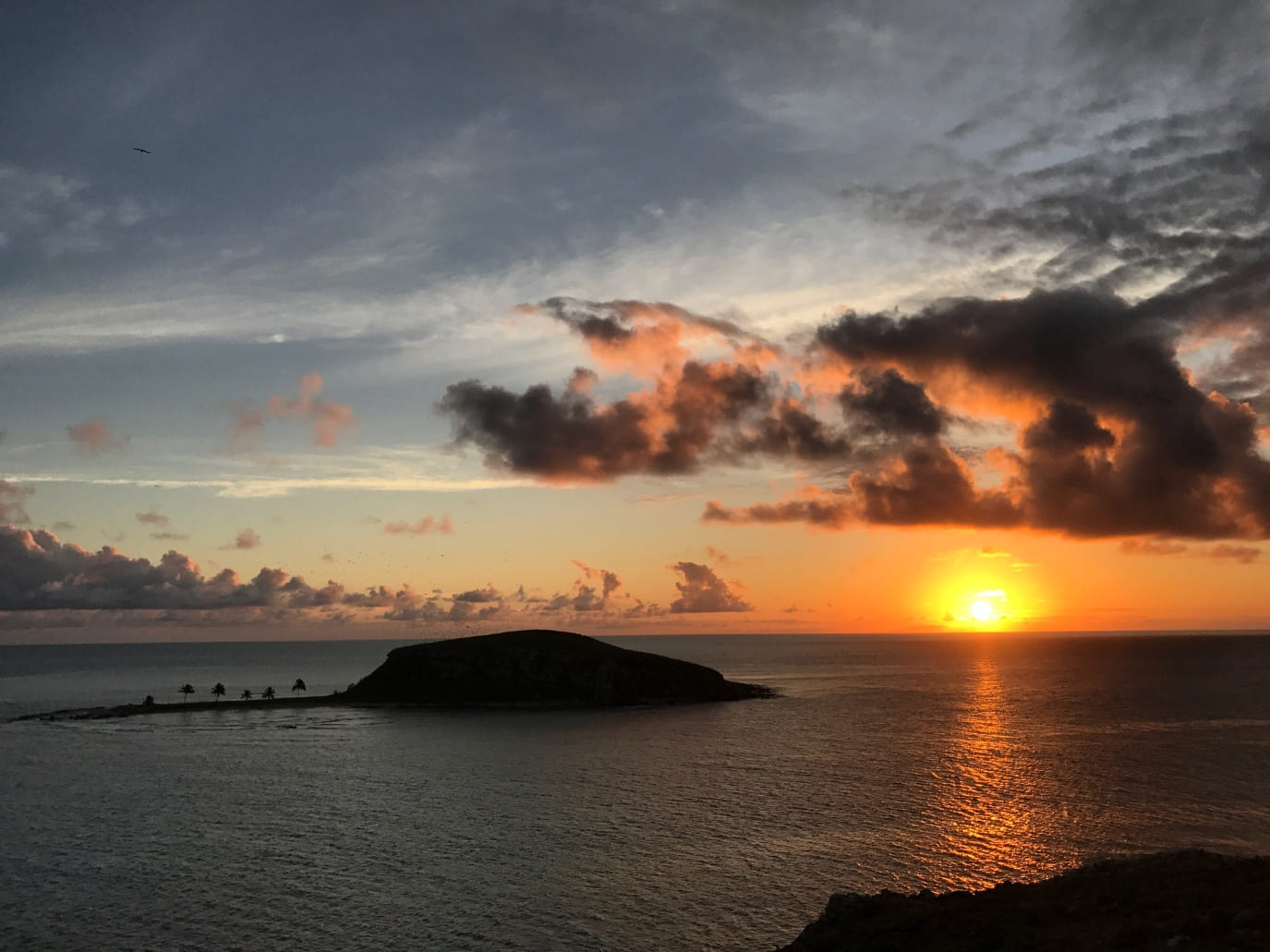
Photo: Gustavo Abrahim
10. The chapeirões found only in Abrolhos
One of the most striking natural features of Abrolhos is the chapeirões. These mushroom-shaped coral towers rise dramatically from the seafloor, sometimes reaching 25 meters in height.
Each level of a chapeirão shelters different species: sponges and fish at the base, vibrant corals in the middle, and schools of fish feeding near the top. Their structure creates vertical habitats found nowhere else in Brazil.
For divers and snorkelers, exploring these formations is often the highlight of visiting the Abrolhos archipelago.
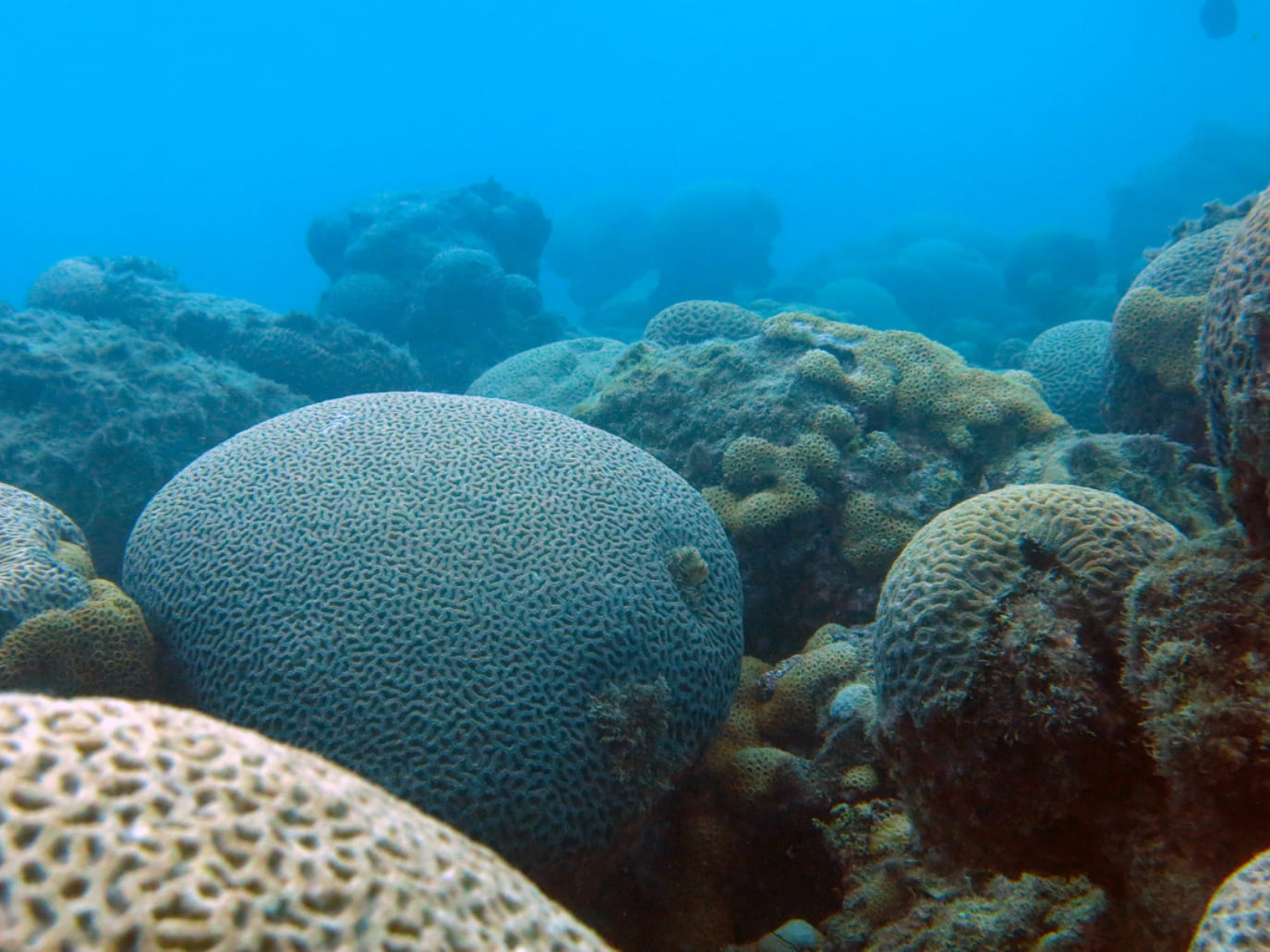
Photo: Salmeidas
👉 Explore our liveaboard diving tour in Abrolhos
Traveling with PlanetaEXO
Choosing PlanetaEXO means traveling with purpose. Each trip generates income for local families, helping communities thrive through tourism.
We believe that every adventure can create a positive impact for travelers, for nature, and for the people who live nearby.
When you visit Abrolhos with us, you not only enjoy an extraordinary destination but also contribute to its protection. That’s one of the best facts about Abrolhos of all.



